“Online learning offers the promise of personalized education, tailoring the learning experience to each student’s needs and learning style.” – Sir John Daniel
Online learning has grown as a powerful and accessible educational platform in recent years, providing endless chances for individuals to pursue academic and professional goals from the comfort of their own homes. While the flexibility and convenience of online learning are undeniably enticing, the sense of community it produces has proven to be equally important in enriching the learning experience. In this blog article, we’ll look at the importance of community in online learning, and how it improves the learning experience and adds to student success. This week, I liked learning about the collaborative aspects of online and blended learning. I have to explain to them that with the advancements in online learning, I honestly don’t feel like I lose out on that side because we can still have chats online and I appreciate the flexibility it gives me while I am teaching full-time.

When I think of an online community, I think of When I think of a LinkedIn page, my mind immediately goes to that. However, if we consider what the term “community” implies in broad terms, we can see that it is and may be the gathering of any group of people for the sake of commonality, whatever that may be: religion, culture, family, school, or interests. An online community is a virtual gathering of people who share common interests, goals, or activities using digital platforms and communication technologies. Online communities, unlike traditional face-to-face communities, transcend physical boundaries and time zones, connecting people from all walks of life on a worldwide scale. These virtual communities allow individuals to engage, collaborate, and share ideas. These virtual communities generate a sense of belonging and mutual support by allowing participants to connect, collaborate, and engage in meaningful debates. Members of these communities can exchange expertise, share experiences, seek assistance, and celebrate achievements through forums, social media groups, online courses, and other online platforms. Online communities have been useful in a variety of disciplines, including education, professional networking, hobbies, and advocacy. The effectiveness of online communities resides in their ability to foster a sense of camaraderie and connection, allowing people with similar interests or aims to connect and enrich each other’s lives and experiences despite being physically apart.

Knowledge Sharing and Collaborative Learning –Online learning communities provide a unique possibility for collaborative learning. Students from all origins and locations can gather to exchange their knowledge, experiences, and viewpoints. Collaborative projects, group discussions, and study sessions allow students to approach subjects from several perspectives, resulting in a deeper comprehension of the material. This interaction can also help participants acquire important cooperation and communication skills that are useful in professional situations.
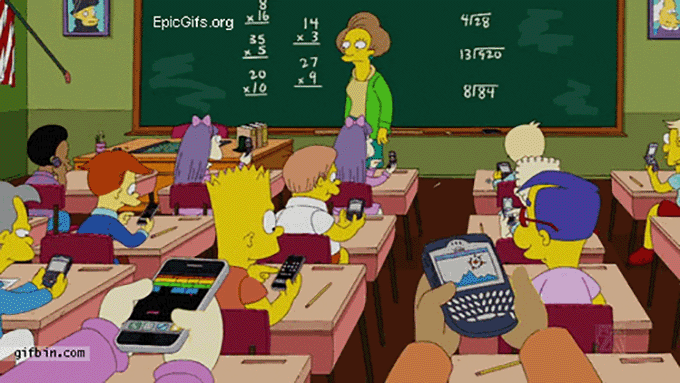
Overcoming Challenges Together-Online learning is not without its hurdles. Technical difficulties, time management issues, and academic challenges can be discouraging, leading some learners to consider giving up. However, when part of a community, students can find solace in knowing that they are not alone in facing these challenges. Collaborating with others who have experienced similar obstacles can provide valuable advice and strategies for overcoming them, instilling a sense of resilience and determination in learners.
These are some of the platforms I’ve implemented for online communication.
while reading 6 Strategies for Building Community in Online Courses I focused on Group projects (blended classroom), Videos for teachers and information (interactive and non-interactive), Video tutorials, Blog writing, Discussion Forums, Google Form Submissions.
Lifelong Connections through Interactive Learning-Interactive learning has the extraordinary ability to connect learners for life. In contrast to passive learning, interactive learning actively involves participants, motivating them to participate, discuss, and problem-solve together. Learners not only acquire knowledge but also form meaningful relationships with their classmates through group discussions, team projects, and interactive activities. These connections frequently continue beyond the classroom, establishing a sense of community and support that lasts long after the course or programme is completed. Participants form long-lasting ties as a result of their shared experiences, struggles, and accomplishments, allowing them to continue exchanging ideas, offering support, and celebrating each other’s successes. Lifelong connections built through interactive learning transcend time and geography, providing learners with a crucial network of support and inspiration throughout personal and professional journey.
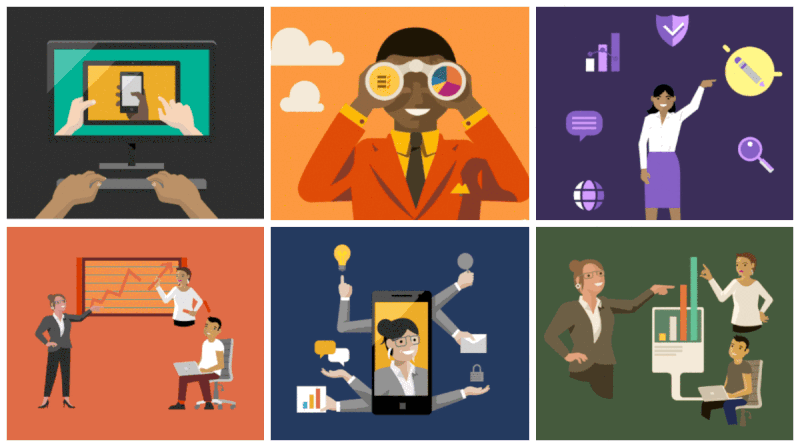
Creating a Sense of Belonging-Recognizing and celebrating the successes of those being educated is critical to creating a pleasant and caring learning environment. Whether it’s recognizing big successes or celebrating an individual’s growth, giving opportunities for positive reinforcement helps learners feel like they belong in the community and enhances their sense of self-worth. Recognizing major accomplishments and celebrating individual growth are critical components in establishing a thriving learning community. When students reach key milestones or make considerable progress, recognizing their achievements through positive reinforcement fosters a culture of gratitude and support. Learners will feel valued and recognized for their efforts as a result, establishing a sense of belonging within the community. Furthermore, celebrating personal growth instills a sense of pride and self-worth in people, increasing their confidence and determination to keep learning and growing. Learners are empowered to embrace their unique skills and contributions as a result of this culture of support and appreciation, producing a pleasant and loving learning environment in which everyone feels encouraged to attain their greatest potential.
Finally, a strong online learning community fosters connection, progress, and empowerment. Its success is based on providing an environment in which students feel supported, valued, and inspired to attain their greatest potential. Such a community becomes a catalyst for individual and collective achievement in the world of virtual education by encouraging involvement, collaboration, and positive reinforcement.








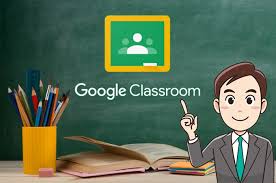

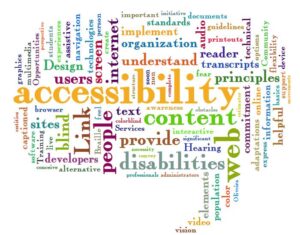

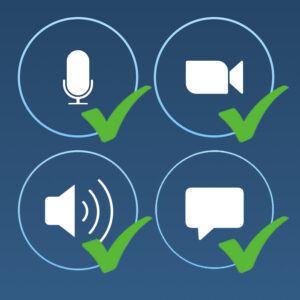 CONTACT STUDENTS such as:
CONTACT STUDENTS such as:


